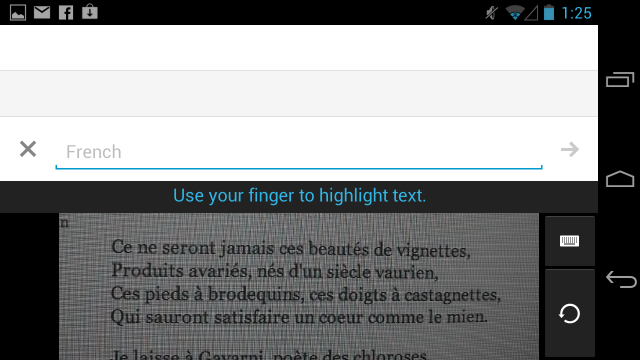Best Buy founder Richard Schulze is proposing a plan to turn around the ailing electronics store as part of a $10 billion buyout. He’s proposing the retailer slashes prices to compete with online rivals like Amazon, while offering Apple Store-levels of customer service. He’s concerned that the current closure and size-reduction policy will spell the end of the business, which is rumored to announce another round of closures shortly. It’s yet to be seen if his plan, which would mean running Best Buy at a loss for several years, would be accepted by the company’s management, who are meeting to discuss the proposals at the end of the month.
from Engadget






